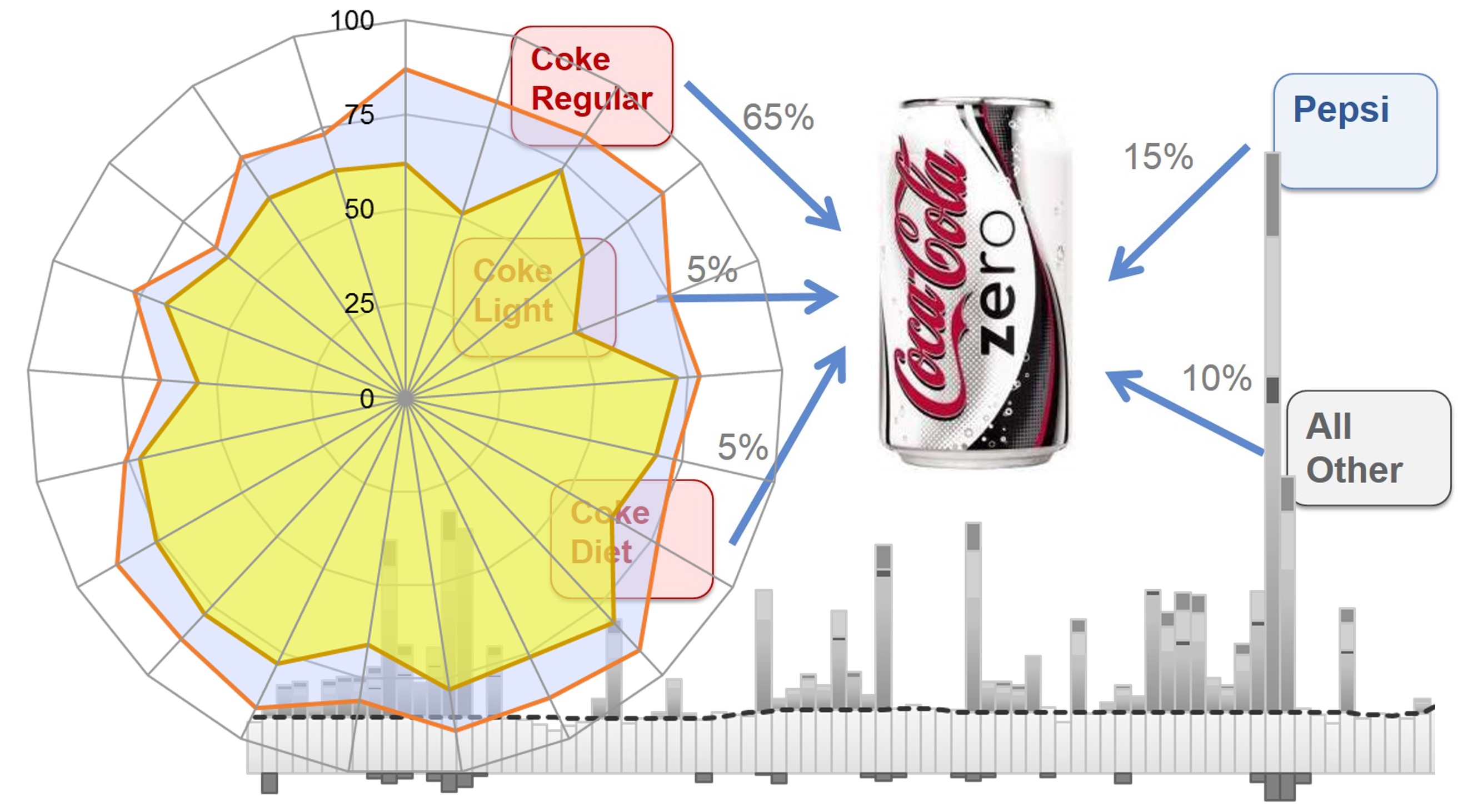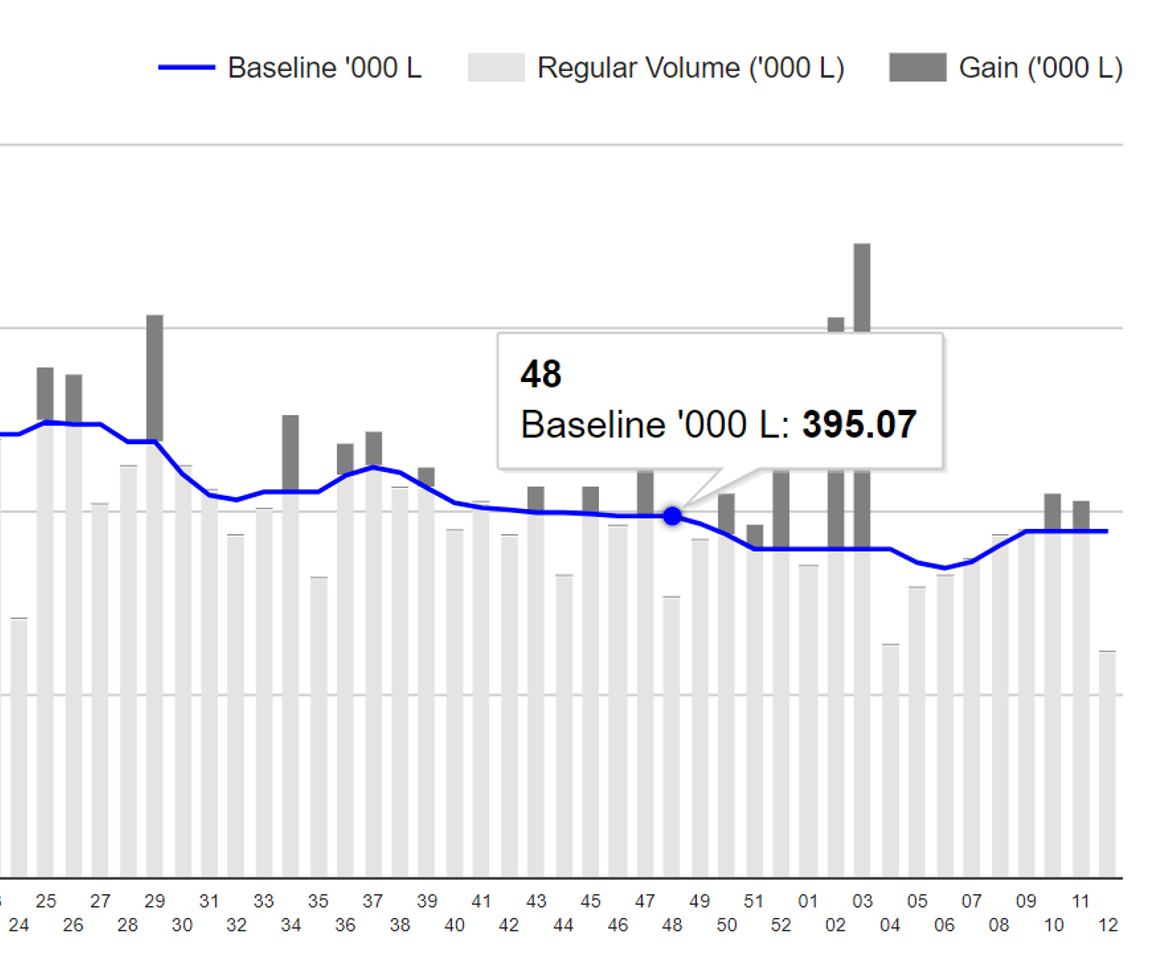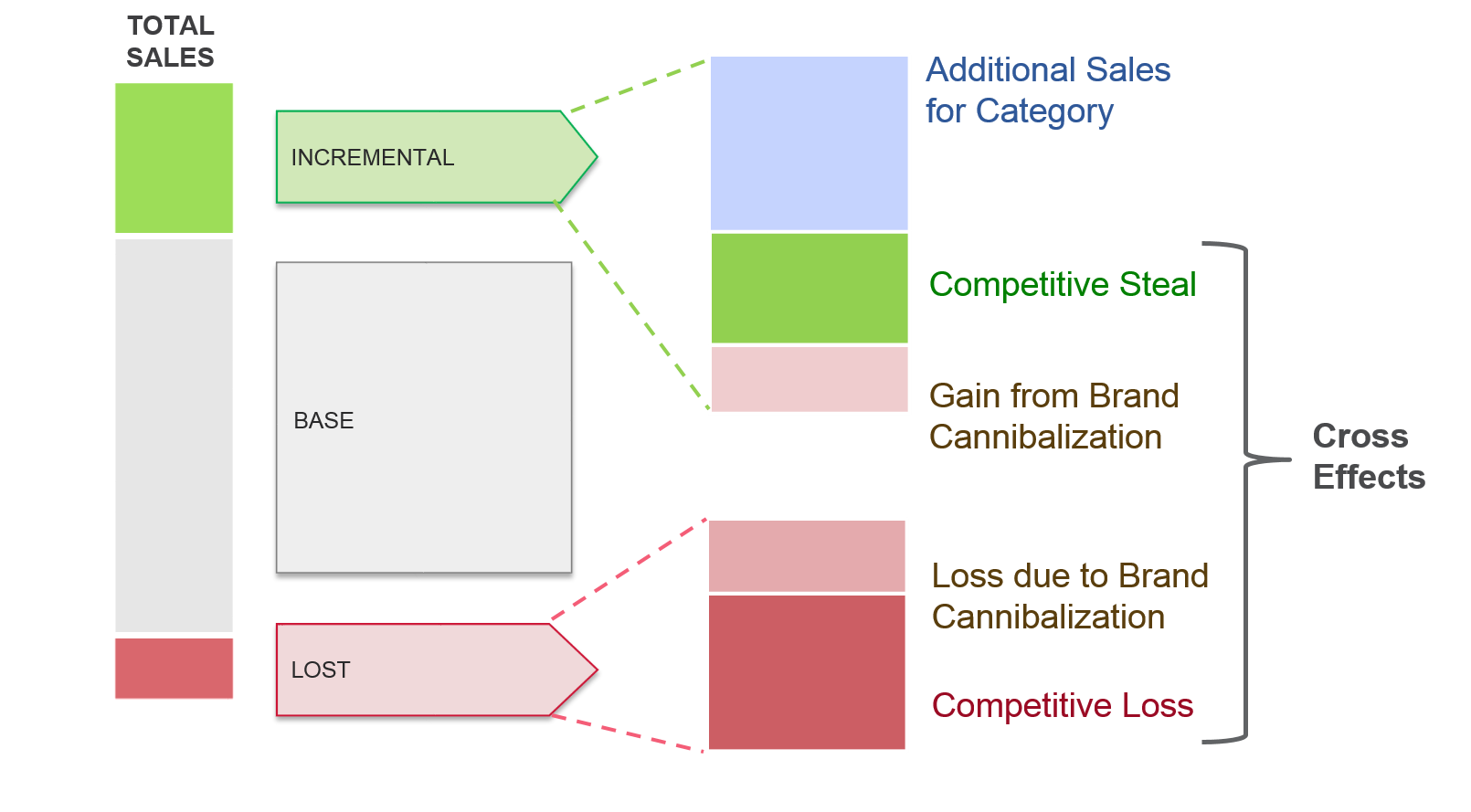-
Promotion
Promotion
In-Store Promotion and Media
Types of Promotions
Trade Promotions
Consumer Promotions
Need to Rationalize Promotions
Promotion-Commotion-Demotion
Promotion Evaluation — Metrics
Basic Assessment of Sales Promotion
Market Modelling
Promotions Response Model
Model Validity — How Good is the Fit?
Watchouts and Guidelines
Store Level Modelling
Interpretation and Analysis
Discount Elasticity
Cannibalization
Displays and Cooperative Advertisement
Sales Decomposition and Due-To Analysis
What-If Analysis
- Price
- Promotion
- Marketing Education
- How to Choose the Right Marketing Simulator
- Self-Learners: Experiential Learning to Adapt to the New Age of Marketing
- Negotiation Skills Training for Retailers, Marketers, Trade Marketers and Category Managers
- Simulators becoming essential Training Platforms
- What they SHOULD TEACH at Business Schools
- Experiential Learning through Marketing Simulators
-
MarketingMind
Promotion
Promotion
In-Store Promotion and Media
Types of Promotions
Trade Promotions
Consumer Promotions
Need to Rationalize Promotions
Promotion-Commotion-Demotion
Promotion Evaluation — Metrics
Basic Assessment of Sales Promotion
Market Modelling
Promotions Response Model
Model Validity — How Good is the Fit?
Watchouts and Guidelines
Store Level Modelling
Interpretation and Analysis
Discount Elasticity
Cannibalization
Displays and Cooperative Advertisement
Sales Decomposition and Due-To Analysis
What-If Analysis
- Price
- Promotion
- Marketing Education
- How to Choose the Right Marketing Simulator
- Self-Learners: Experiential Learning to Adapt to the New Age of Marketing
- Negotiation Skills Training for Retailers, Marketers, Trade Marketers and Category Managers
- Simulators becoming essential Training Platforms
- What they SHOULD TEACH at Business Schools
- Experiential Learning through Marketing Simulators
Cannibalization — Market Response Modelling
In a competitive environment, the demand for a product is not only a function of what the product has to offer, but also a function of what competitors’ products have to offer. The source of an item’s gains and losses, as depicted in Exhibit 17.12, are largely the result of consumers shifting volume to and from other items, including those items belonging to the same brand.
When a product drops price, increases advertising, improves product quality or expands distribution, it cannibalizes competing products. Cross elasticity of demand is the measure for these competitive effects. It determines the responsiveness in the sales of one product when a change in marketing effort takes place in a competing product.
Cross Price Elasticity, Cross Discount Elasticity
When evaluating the impact of marketing efforts, it is important not only to consider the elasticity of demand, but also the cross elasticity of demand. Manufacturers do not want to implement initiatives that simply cannibalize their own brands, resulting in a shift in sales from one product to another within their own portfolio, without a corresponding increase in overall sales or profits.
Cross price elasticity (cross discount elasticity) is a measure of the responsiveness of sales quantity of a product to a (temporary) change in price of another product:
$$ \epsilon_{A,B}=\frac{\%\,change\,in\,quantity\,of\,product\,A}{\%\,change\,in\,price\,of\,product\,B} = \frac{dQ_A/Q_A}{dP_B/P_B} = \frac{P_B}{Q_A} \frac{dQ_A}{dP_B} $$Exhibit 17.13 depicts a cross discount elasticity analysis. It tells us that a 10% discount in the price of item Red 250 gm results in a 36% drop in the sales volume of item Green 250 gm.
Note that Red 250 gm also cannibalizes Red 500 gm. On the other hand, when Red 500 gm is promoted, it does not cannibalize Red 250 gm. Instead, it steals share from Blue 250 gm and Yellow 250 gm. The manufacturer of Red should therefore consider promoting Red 500 gm more often than Red 250 gm.
From the retail chain’s perspective, it is beneficial to frequently promote Yellow 250 gm. Since the brand does not cannibalize other items, category sales, within the chain, will increase when it is promoted.
Previous Next
Use the Search Bar to find content on MarketingMind.
Marketing Analytics Workshop

In an analytics-driven business environment, this analytics-centred consumer marketing workshop is tailored to the needs of consumer analysts, marketing researchers, brand managers, category managers and seasoned marketing and retailing professionals.
Digital Marketing Workshop

Unlock the Power of Digital Marketing: Join us for an immersive online experience designed to empower you with the skills and knowledge needed to excel in the dynamic world of digital marketing. In just three days, you will transform into a proficient digital marketer, equipped to craft and implement successful online strategies.
Promotions Evaluation

Automated online solution for analysis of promotions.
Online Apps for training on Promotions

The Plannogrammer is an experiential learning facility for category managers, trade marketers, and retailers in consumer markets. Ideally suited for hybrid learning programmes, Plannogrammer imparts hands-on training in the planning and evaluation of promotions and merchandising.
It supports a collection of simulation and analysis platforms such as Promotions and Space Planner for optimizing space and promotions, Plannogram for populating shelves and merchandising, a Due To Analysis dashboard that decomposes brand sales into the factors driving sales, and a Promotion Evaluator to evaluate the volume, value and profit impact of promotion plans.
Contact | Privacy Statement | Disclaimer: Opinions and views expressed on www.ashokcharan.com are the author’s personal views, and do not represent the official views of the National University of Singapore (NUS) or the NUS Business School | © Copyright 2013-2024 www.ashokcharan.com. All Rights Reserved.







